Executing Effective Community Engagement Strategies
Successful community planning begins with meaningful engagement. At DTJ, we understand that no two engagement efforts are the same. Rather, each requires a tailored approach that respects the unique context of the community we’re serving. We’re committed to collaborating with diverse communities to create customized and authentic strategies that invite and inform.
In honor of October’s National Community Planning Month, here are four takeaways from our recent Colorado projects to better support the planning process:
1. Meet People Where They Are
Effective engagement starts with understanding your audience: their history, culture, and traditions. Tailoring outreach to meet people where they live and work leads to greater participation and more meaningful feedback.
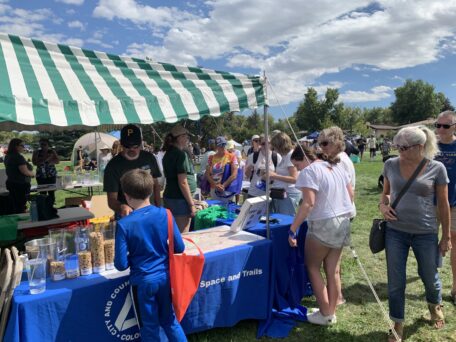
In line with Broomfield’s Open Space, Parks, Recreation, and Trails (OSPRT) Plan, pop-up events at local spots like farmers markets and recreation centers, along with QR codes placed at over 30 high-traffic locations (e.g., playgrounds and trailheads), simplified residents’ access to wayfinding and Broomfield’s identity. The combination of in-person and digital outreach bridged the gap between data collection and public involvement, affirming decisions were grounded in measurable data.
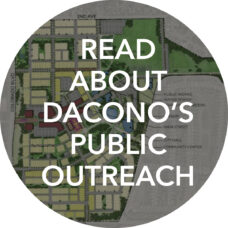 Dacono’s Music and Spirits Festival served as a strategic engagement opportunity for the City Center Vision Plan, allowing us to connect with over 5,000 attendees in a celebratory setting. By hosting the festival at Centennial Field, which is within the planning area, residents had a unique chance to give input while experiencing the space on-site.
Dacono’s Music and Spirits Festival served as a strategic engagement opportunity for the City Center Vision Plan, allowing us to connect with over 5,000 attendees in a celebratory setting. By hosting the festival at Centennial Field, which is within the planning area, residents had a unique chance to give input while experiencing the space on-site.
2. Embrace Interactive Participation Methods
People invest more thoroughly when participation is interactive rather than passive. Moving away from a formal format to a flexible, drop-in style lets people contribute freely and makes the process less intimidating.
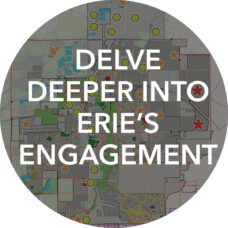 Open house events that incorporate a casual atmosphere, interactive map features, and engaging visuals encourage purposeful discussions and natural flow. Easy-to-understand walkable maps helped members physically identify where they live or work, personalizing conversations in the Erie Parks, Recreation, Open Space, and Trails (PROST) Strategic Plan Update. Activities also included sticky dot prioritization to visualize programming preferences, marble jars to prioritize funding, and coloring stations for children.
Open house events that incorporate a casual atmosphere, interactive map features, and engaging visuals encourage purposeful discussions and natural flow. Easy-to-understand walkable maps helped members physically identify where they live or work, personalizing conversations in the Erie Parks, Recreation, Open Space, and Trails (PROST) Strategic Plan Update. Activities also included sticky dot prioritization to visualize programming preferences, marble jars to prioritize funding, and coloring stations for children.
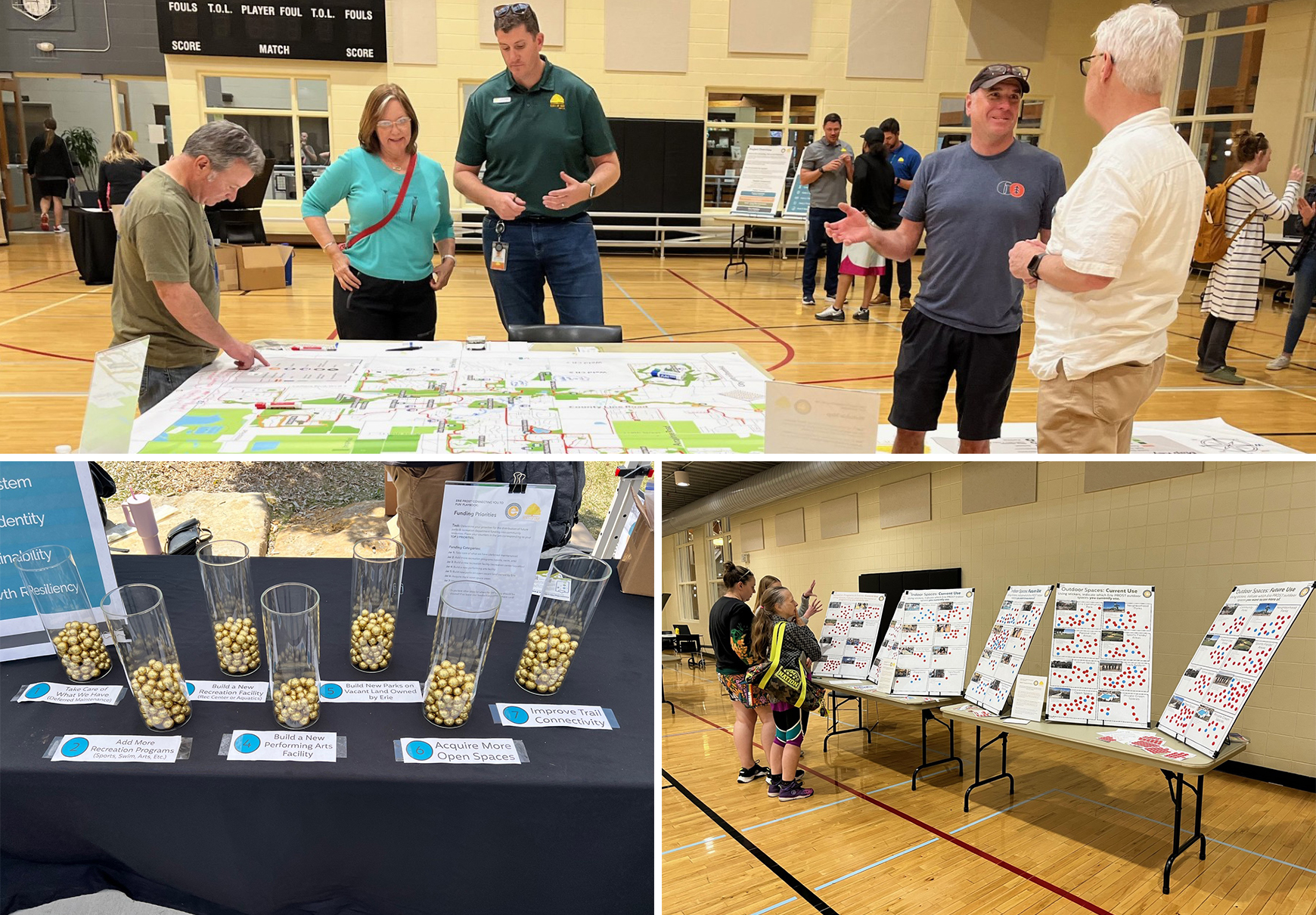
Laying the Groundwork
3. Ensure Inclusivity Through Multilingual, Generational, and Cultural Outreach
Language should never be a barrier to participation. Offering materials and opportunities in multiple languages demonstrates respect for all voices. However, it goes beyond translation. Equally important is the accurate interpretation of spoken thoughts and cultural context. Successful engagement across languages requires specialized expertise to establish that both translation and interpretation are handled and documented with accuracy.
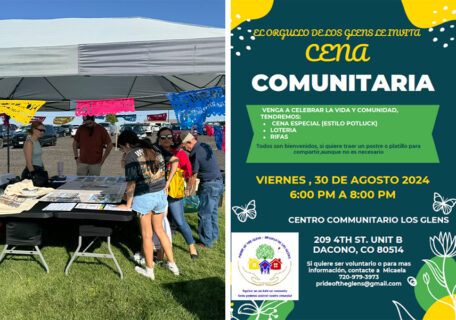
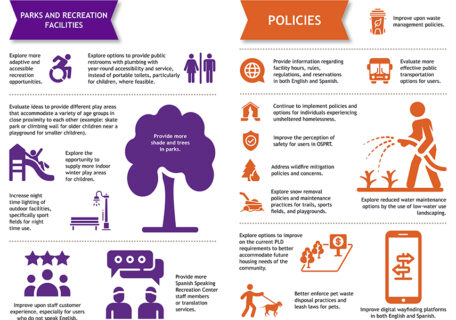
Multilingual engagement was essential for Dacono’s strategy as 29% of the population identified as Hispanic or Latino. Materials were translated to Spanish, including the website, surveys, project timeline, FAQs, and event signage. Partnering with the Glens Coalition (Pride of the Glens), we held targeted outreach events, including a focus group at the Pride of the Glens potluck and a pop-up booth at the Hispanic Heritage Celebration.
Recognizing Broomfield’s demographics—where the second-largest racial group is Hispanic (13%), followed by Asian (7%)—we emphasized equity and inclusion by offering surveys, executive summaries, and project pages in five different languages: English, Spanish, Simplified Chinese, Vietnamese, and Hmong. A second session was organized specifically for Spanish speakers to review the recommendations from the first session, contributing to the Community Values and Priorities Conclusions.
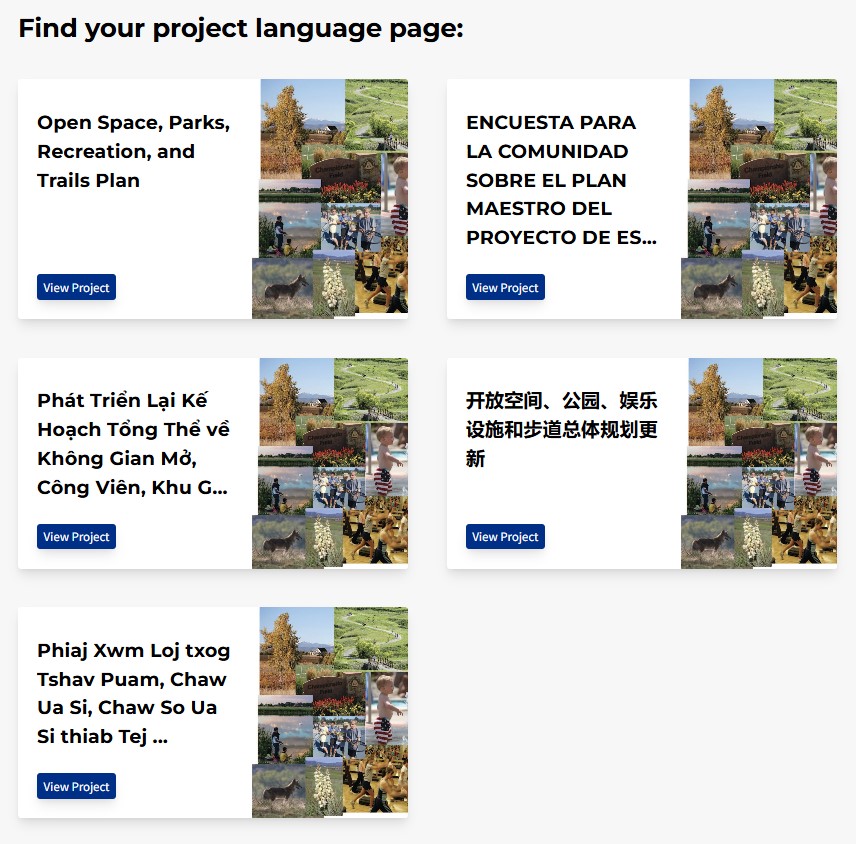
4. Engage Broadly, Include Deeply
Adapting to a range of audiences keeps relevance and accessibility front and center.
Agency Staff Members
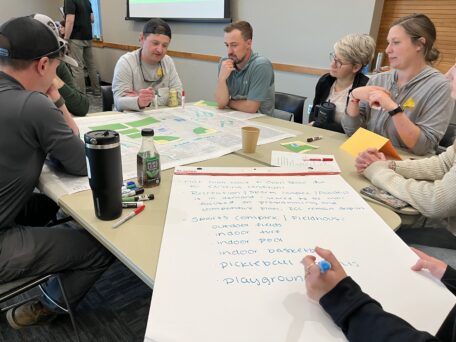 Stakeholders vary widely, including business owners, HOA representatives, arts and cultural organizations, mobility advocates, youth sports leagues, and others. The goal is to be as broad and diverse as possible—especially those traditionally underrepresented—to reflect the full range of community values, priorities, and lived experiences.
Stakeholders vary widely, including business owners, HOA representatives, arts and cultural organizations, mobility advocates, youth sports leagues, and others. The goal is to be as broad and diverse as possible—especially those traditionally underrepresented—to reflect the full range of community values, priorities, and lived experiences.
During Erie’s PROST project, we conducted a Cultural Academy event for the Erie staff. Staff members who will actually implement the PROST plan need their own pathways that acknowledge their unique expertise. This unified staff and public perspectives, addressing maintenance and operational concerns to confirm plans are not just publicly popular but also operationally feasible.
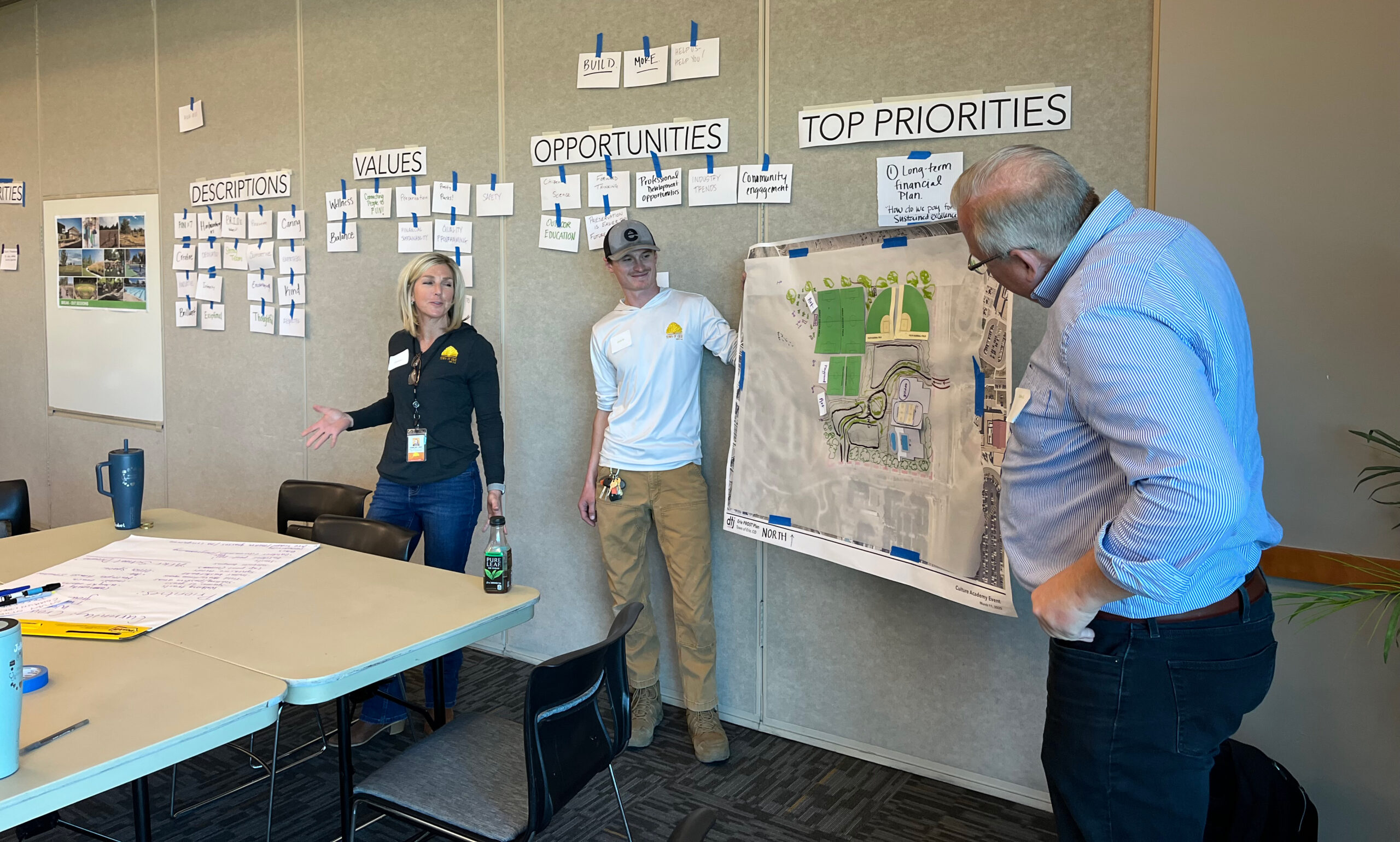
Focus Groups
Focus groups were integral toward Broomfield’s goal of 40% Open Lands.
Unlike meetings with agency staff or policy decision-makers, focus groups are structured, topical discussions involving 8–12 participants representing different viewpoints on a shared issue. We convened specific subsets: recreation center users, cultural advocates, outdoor enthusiasts, and developer/business groups.
Conversations between open space advocates and trail user groups highlighted how focus groups can surface both shared values and points of tension. While both support access to nature and the preservation of natural resources, their priorities differ. Conservation-minded advocates may view trails as potentially harmful to sensitive areas, whereas trail users see them as essential for recreation and access. Bringing these perspectives together created space to acknowledge divergences while working toward alignment.
Input Shapes Outcomes
Transparency fosters trust and ownership by valuing public participation and incorporating it into the final plan. By tailoring approaches to each stakeholder group, it creates plans that are technically sound and aligned with the community’s values and aspirations.

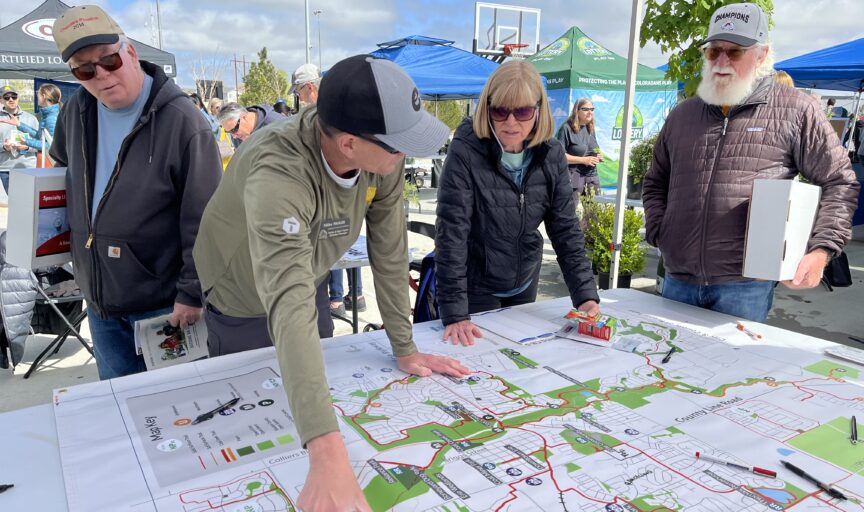
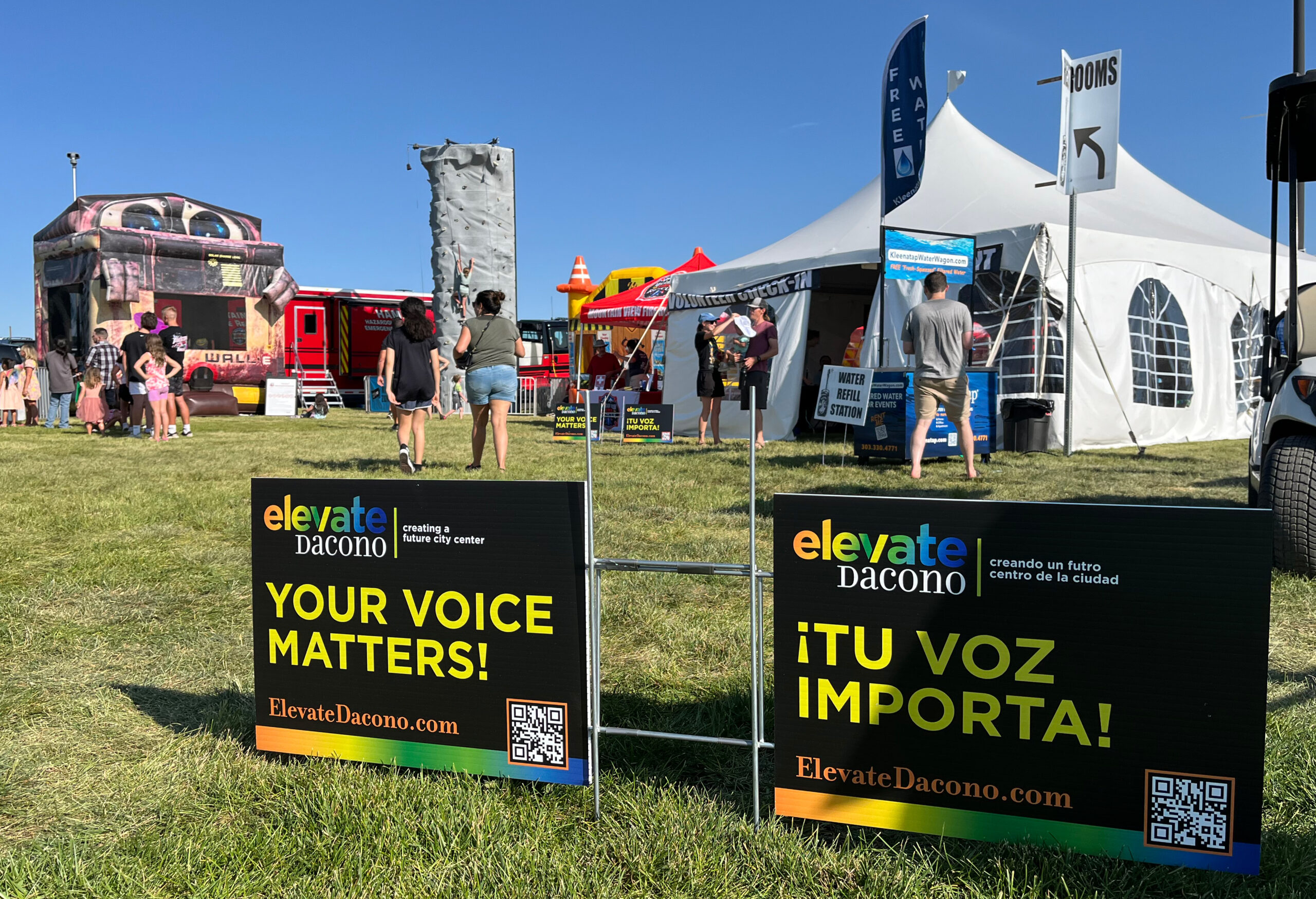
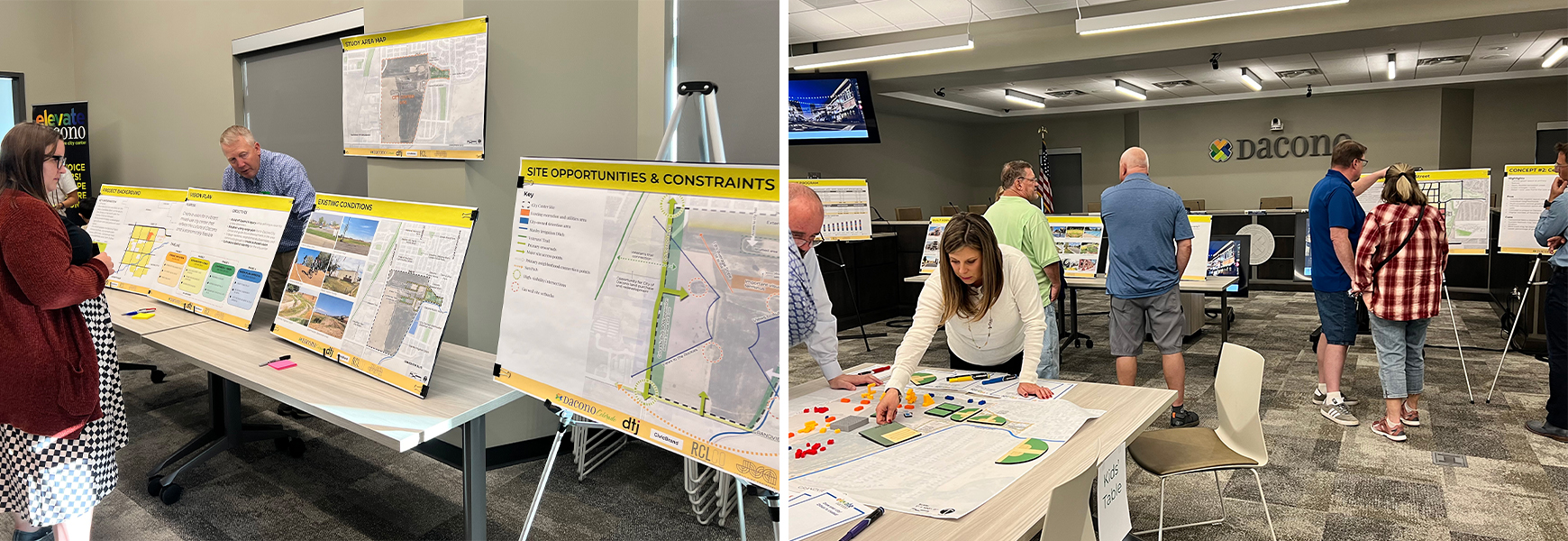
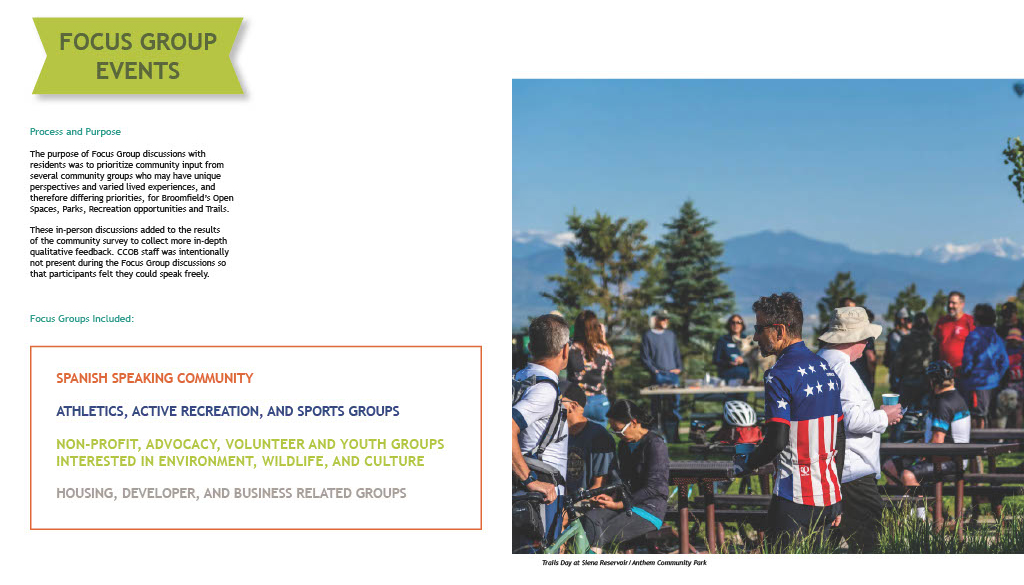
 BACK TO BLOG
BACK TO BLOG